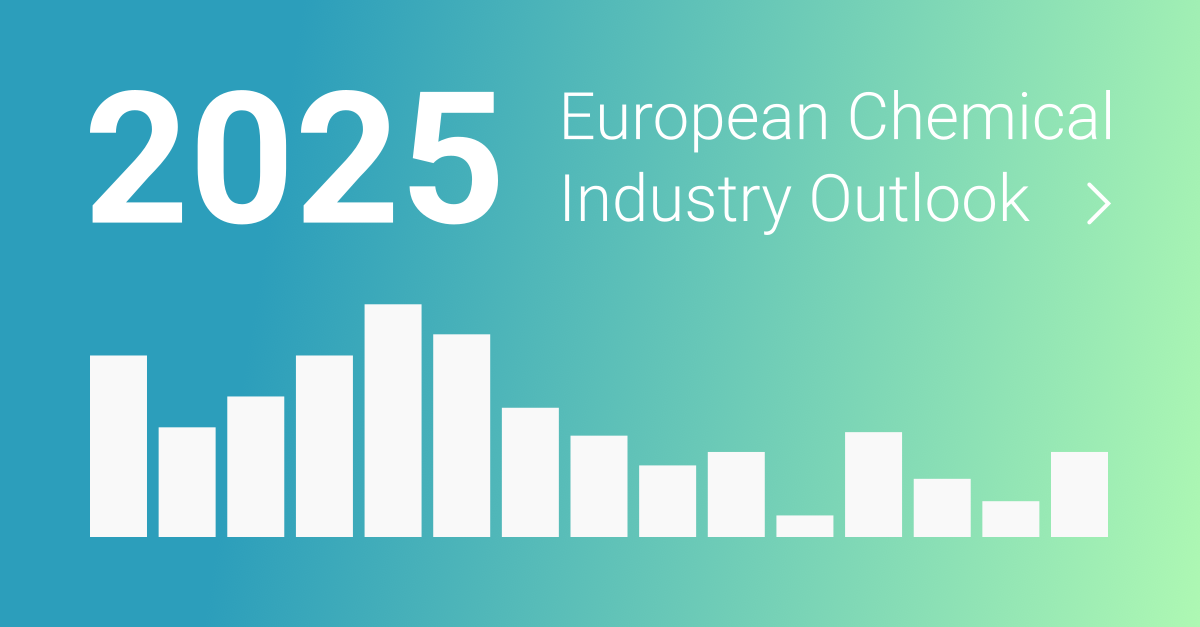- The project involves a €230 million investment with an additional €80 million for electrical storage.
- The first phase includes a 150 MW electrolyzer by 2025, expanding to 1 GW by 2027.
- Renewable hydrogen and oxygen will be used in local industry, mobility, and gas networks.
- The project aims to reduce CO2 emissions and natural gas consumption.

Project Overview
A consortium is developing Spain's largest green hydrogen plant in Tarragona, with a €230 million investment and an additional €80 million for electrical storage. The project is part of the Hydrogen Valley of Catalonia and aims to enhance renewable hydrogen production.
Timeline and Capacity
The first phase will see the construction of a 150 MW electrolyzer by 2025, with plans to expand production capacity to 1 GW by 2027. The project has completed the conceptual engineering stage and is moving into detailed engineering.
Technological and Environmental Impact
The electrolyzer will utilize local renewable energy and advanced technologies to minimize water consumption. It aims to reduce the costs of producing renewable hydrogen through electrolysis, contributing to lower CO2 emissions and decreased natural gas usage in the industry.
Applications and Benefits
Renewable hydrogen will serve as a raw material and industrial fuel, support mobility, and be injected into the natural gas network. Renewable oxygen will be used in local industries, aiding in CO2 reduction and ethylene oxide production. The project supports the European Commission's RePower EU strategy to reduce fossil fuel dependence.
